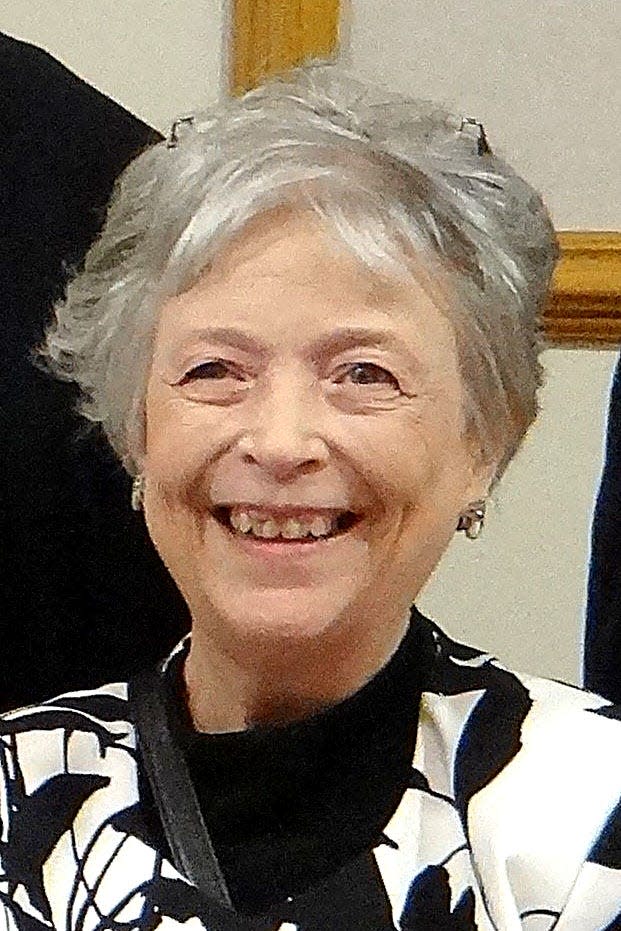Challenges face solo agers and how family and society fit in
Solo agers face unique challenges as they age alone, without having a spouse/partner or adult children actually being part of their support network. This is the first part of a series addressing these challenges and related issues, all of which can have negative ramifications at individual as well as societal levels.
I am writing from multiple perspectives – personal since I am a solo ager, researcher and advocate.
Definition and prevalence of solo agers
Solo agers comprise a subpopulation of individuals aged 50-plus, those who live alone, who are not married/partnered at this time and who do not have children (AARP). Even among those with children, relationships may be estranged or abusive. Child(ren) may live with a serous disability, one in which a future caregiving relationship, for example, will remain unidirectional. The UNC Partnerships in Aging Program notes “solo agers are adults making decisions about their future independently.”
Solo aging is common, and the proportion of solo agers among the larger population of older adults will continue to grow.
According to AARP research (2023), 10% of all adults aged 50-plus live alone, are not married/partnered and do not have living children. A slightly larger proportion (11%) live alone, are not married or partnered in a long-term relationship, but have at least one child who is alive with their relationship characterized by estrangement. Fewer than 15% of adults aged 50-plus live alone and are not in a long-term relationship and have at least one child who is living.
However, while the relationship(s) is/are not one of estrangement, there are issues with at least one child not being able to help them due to disabilities or child(ren) is/are not trusted to take over responsibilities. The U.S. Census Bureau (2021) provides the following estimates: 22.1 million individuals age alone and almost 30% of older adults who live alone do not have children.

Notably, adult children can and have played major roles with helping older parents. The extent of and types of assistance vary, but may include being supportive emotionally; helping with transportation needs such as running on errands and going to appointments; and providing personal caregiving.
Snapshot of ramifications for individuals, society
Shift toward increasing reliance on formal caregiving options (relying on public or governmental funding) rather than on informal caregivers.
Questioning our focus on providing resources for older adults that emphasize the objective to “age in place.” Increasingly recommending housing options that may promote a sense of community and do provide access to a variety of services and supports, while ignoring facts about risks for bullying, resident-to-resident abuse, harassment, defamation, and sacrificing privacy and a need for quiet surroundings.
Setting things in motion in terms of preplanning for the future; e.g., creating legal documents in which proxies are identified, engaging in spenddown far enough in advance of needing to be placed in a nursing home, putting your home in someone else’s name, identifying beneficiaries (e.g., to one’s checking account). How soon should preplanning take place? What are the risks and benefits?
Increasing reliance on input only from professionals when making decisions.
While directly having an impact on those who are solo agers, related issues affect and will matter to all generations.
Challenges faced by solo agers
Some of the challenges faced by solo agers revolve around the following issues/questions:
How do I remain independent and continue being the sole or primary decision-maker – for example – about finances, living arrangements, housing, health care, need for caregiving, and how best to maintain overall well-being? How do I ensure my life continues to be grounded in having a sense of meaning and purpose?
Who will care for me if I require immediate care due to an emergency, if I need short-term caregiving assistance or if I need long-term care?
Who will help me with tasks if I do not have a car or am no longer allowed to drive?
Who will make decisions for me if I become unable to speak for myself, if I face serious cognitive decline due to progressive dementia, or if I am deemed to be incompetent? What legal documents need to be in place to protect myself, to ensure that my wishes are followed? What does it mean to have a court-appointed guardian, someone who I do not know, if sufficient preplanning does not occur?
How do I want to be remembered after I pass away? What will be my legacy, especially if I have limited financial or tangible assets that have monetary value and can be sold or bequeathed? Who will remember me, and does it matter and to whom?
Solo agers face unique challenges in their quest to retain autonomy and self-empowerment, to be the primary or sole decision-maker about all aspects of their lives. Many were raised during eras when older adults believed they must rely on themselves when problems or crises occurred, were part of “me” generations and bought into an overarching self-oriented ideology.
The final two parts of this series focus on the benefits of social engagement and being active; strengthening social connectedness and building one’s support system; retaining a sense of meaning and purpose; advance directives; and leaving a legacy.
I challenge the position taken by Einhart et al. (2023), as reflected in the following quote: “The options available for most older adults to make major life decisions generally require another person to act on their behalf as a representative or advocate.”
Diana Spore, PhD, MGS, is a freelance writer, mental health advocate, social gerontologist, educator/researcher, and expert in mental health and aging. Spore is a Solo Ager, who resides in Ashland County.
This article originally appeared on Ashland Times Gazette: Challenges facing solo agers who grew up in the 'me' generations
